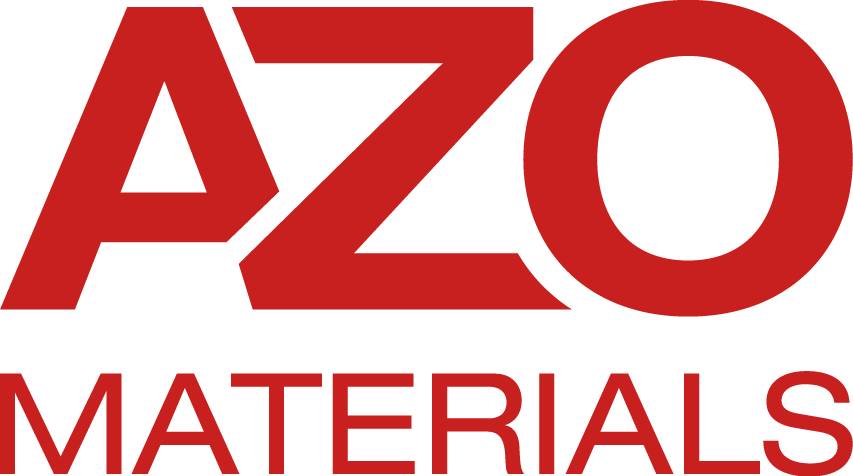Topics Covered
Introduction
Chemical composition
Physical properties
Mechanical properties
Thermal properties
Other designations
Manufacturing and heat treatment
Machinability
Forming
Welding
Heat treatment
To forge
Cold operation
Annealed
Hardening
Hardening
Apps
Introduction
Alloy steels are designated by four-digit AISI numbers. They include different types of steels whose composition exceeds the limits of B, C, Mn, Mo, Ni, Si, Cr and Va set for carbon steels.
AISI 4340 alloy steel is a heat treatable, low alloy steel containing chromium, nickel and molybdenum. It has high toughness and strength in the heat treated condition.
Chemical composition
The following table shows the chemical composition of AISI 4340 alloy steel.
| Element | Contents (%) |
|---|---|
| Iron, Fe | 95.195 – 96.33 |
| Nickel, Ni | 1.65 – 2.00 |
| Chromium, Cr | 0.700 – 0.900 |
| Manganese, Mn | 0.600 – 0.800 |
| Carbon, C | 0.370 – 0.430 |
| Molybdenum, Mo | 0.200 – 0.300 |
| Silicon, Si | 0.150 – 0.300 |
| Sulphur, S | 0.0400 |
| Phosphorus, P | 0.0350 |
Physical properties
The physical properties of AISI 4340 alloy steel are given in the following table.
| Properties | Metric | Imperial |
|---|---|---|
| Density | 7.85gsm3 | 0.284 lb/in³ |
| Fusion point | 1427°C | 2600°F |
Mechanical properties
The mechanical properties of annealed AISI 4340 alloy steel are shown in the following table.
| Properties | Metric | Imperial |
|---|---|---|
| Tensile strength | 745MPa | 108000psi |
| Elasticity limit | 470MPa | 68200psi |
| Modulus of compressibility (typical for steel) | 140GPa | 20300 ksi |
| Shear modulus (typical for steel) | 80GPa | 11600 ksi |
| Elasticity module | 190-210GPa | 27557-30458 ksi |
| Poisson coefficient | 0.27-0.30 | 0.27-0.30 |
| Elongation at break | 22% | 22% |
| Area reduction | 50% | 50% |
| Hardness, Brinell | 217 | 217 |
| Hardness, Knoop (converted from Brinell hardness) | 240 | 240 |
| Hardness, Rockwell B (converted from Brinell hardness) | 95 | 95 |
| Hardness, Rockwell C (converted from Brinell hardness. Value below normal HRC range, for comparison purposes only) | 17 | 17 |
| Hardness, Vickers (converted from Brinell hardness) | 228 | 228 |
| Machinability (annealed and cold drawn. Based on a machinability of 100 for AISI 1212 steel.) | 50 | 50 |
Thermal properties
The following table describes the thermal properties of AISI 4340 alloy steel.
| Properties | Metric | Imperial |
|---|---|---|
| Coefficient of thermal expansion (20°C/68°F, specimen oil quenched, tempered at 600°C (1110°F) | 12.3 µm/m°C | 6.83 µin/in°F |
| Thermal conductivity (typical steel) | 44.5W/mK | 309 BTU in/h.ft².°F |
Other designations
Other designations equivalent to AISI 4340 alloy steel include the following:
| ADM 6359 | ADM 6454 | ASTM A331 (4340) | ASTM A711 | SAE J1397 (4340) |
| AMS 6409 | ASTM A29 (4340) | ASTM A506 (4340) | ASTM A752 (4340) | SAE J404 (4340) |
| ADM 6414 | ASTM A320 (L43) | ASTM A519 (4340) | ASTM A829 | SAE J412 (4340) |
| AMS 6415 | ASTM A322 (4340) | ASTM A646 (4340-7) | MIL S-5000 | |
Manufacturing and heat treatment
Machinability
AISI 4340 alloy steel can be machined using all conventional techniques. The machining process can be performed under annealed or normalized and tempered conditions.
Forming
AISI 4340 alloy steel has good ductility and formability in the annealed condition. It can be bent or formed by pressing or spinning in the annealed state.
Welding
AISI 4340 alloy steel can be fusion or resistance welded. Preheating and post-heat welding procedures are followed when welding this steel according to established methods.
Heat treatment
AISI 4340 alloy steel is heat treated at 830°C (1525°F) followed by oil quenching.
To forge
AISI 4340 alloy steel is forged at 427 to 1233°C (1800 to 2250°F).
Cold operation
AISI 4340 alloy steel can be cold worked using all conventional methods in the annealed condition. It has high ductility.
Annealed
AISI 4340 alloy steel is annealed at 844°C (1550°F) followed by furnace cooling.
Hardening
AISI 4340 alloy steel should be heat treated or normalized and heat treated before tempering. Tempering temperatures depend on the strength level desired.
Hardening
AISI 4340 alloy steel can be hardened by cold working or heat treatment.
Apps
AISI 4340 alloy steel is mainly used in gears and power transmission shafts, aircraft landing gears and other structural parts.

